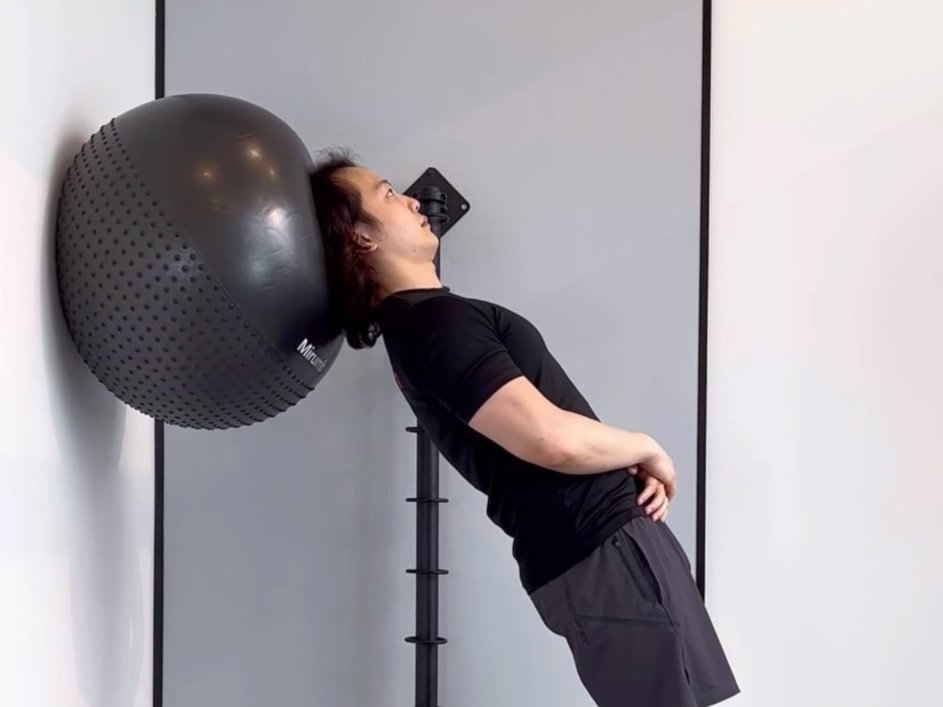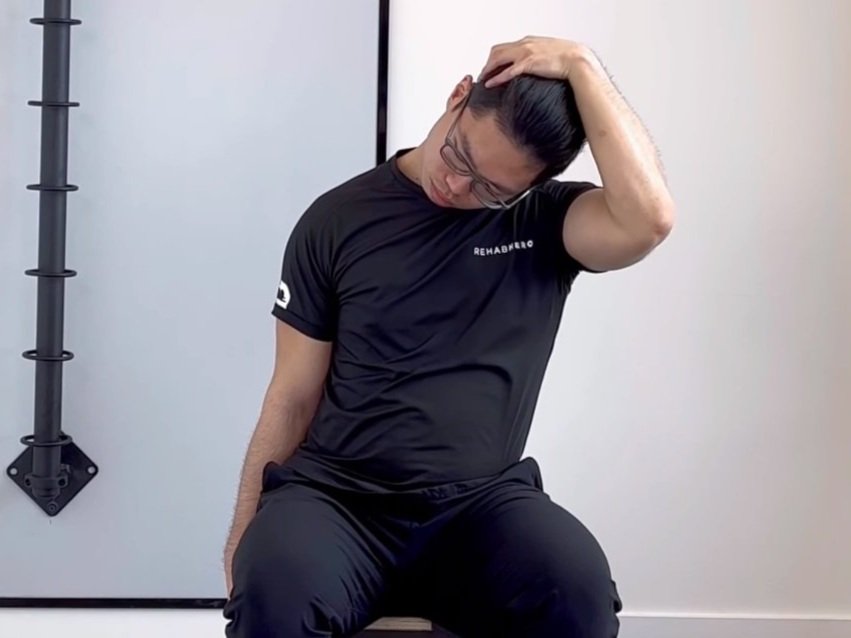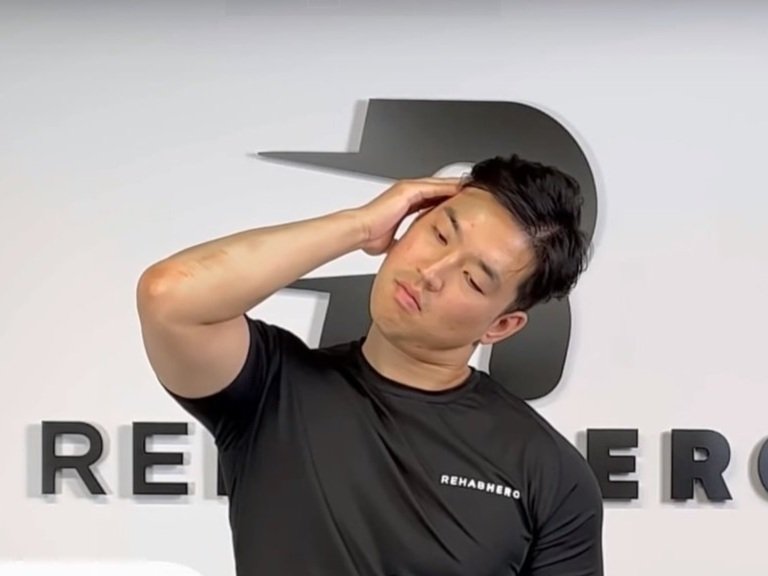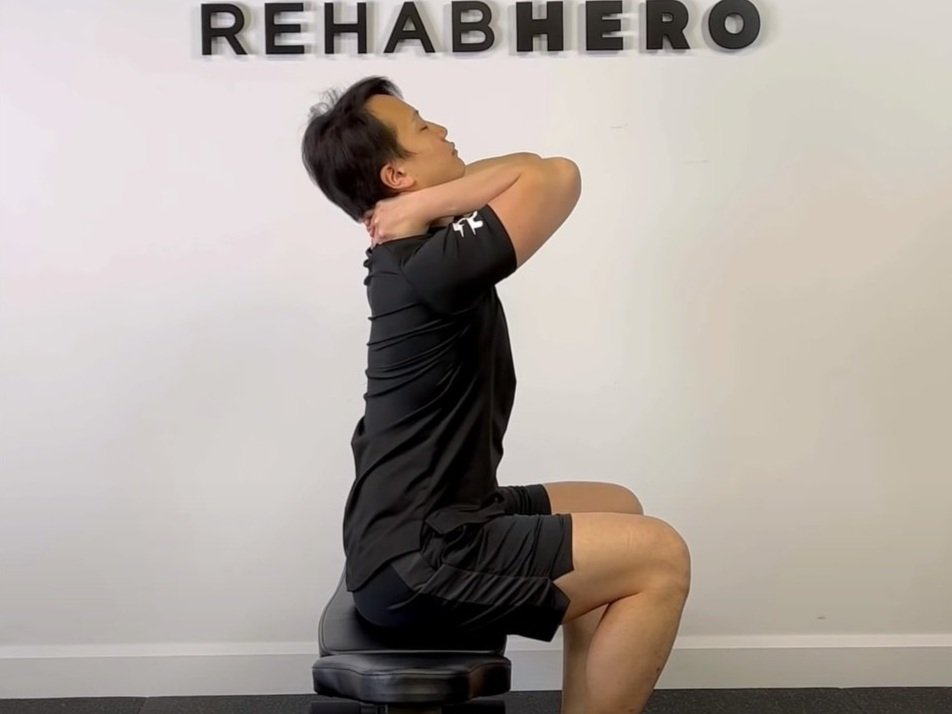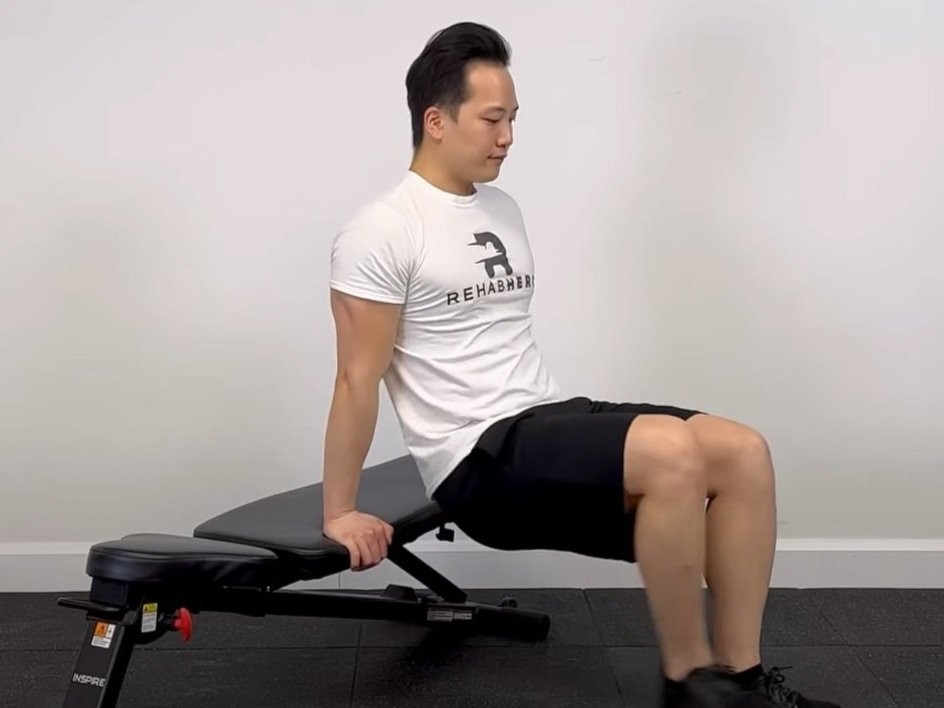Cervical Spondylotic Myelopathy
Cervical Spondylotic Myelopathy Review
Learn about this Neck condition
Cervical Spondylotic Myelopathy (CSM)
CSM is a common cause of cord compression in the cervical spine, commonly in those of 50 years or older, usually resulting from degenerative changes seen in the bony and soft tissues surrounding the spinal canal. Involved tissues include the intervertebral disc, uncovertebral joints, and apophyseal joints which have undergone hypertrophy and spondylophytosis.
These altered structures can then narrow the spinal canal leading to inevitable spinal cord compression. The posterior longitudinal ligament and ligamentum flavum may also contribute to canal narrowing by undergoing ossification.
Secondary causes include biochemical, cellular, and histological derangements. Compression and ischemia of the anterior spinal cord blood vessels may also contribute to the symptomatology of CSM, leading to inflammation, edema, gliosis, and myelomalacia.
Presentation of CSM
Clinical findings include:
Reduced digital dexterity
Poor coordination
Bilateral upper limb paresthesia
Increased deep tendon reflexes
Positive pathological reflexes (Hoffman’s positive)
Wide-based ataxic gait
Spasticity of the lower limbs
Additionally, 75% of patients experience clumsy hands, and 80% experience unsteady gait and/or upper extremity sensory changes (including shock-like paresthesias with neck flexion).
Imaging Findings of Cervical Spondylotic Myelopathy
Radiographic findings include degenerative retrolisthesis and anterolisthesis. This may be accompanied with a decrease sagittal diameter of the cervical canal (ratio of sagittal diameter of spinal canal to adjacent vertebral body <.80), and increased distance of the cervical gravitational line.
MRI may also be used to determine the extent of CSM, and therefore determine prognosis for those suffering from this condition, however, 41% of the spinal cord compressions found by MRI were found to be asymptomatic (symptom-free). Thus, a clinicoradiographic correlation is required for diagnosis due to the high prevalence of asymptomatic degenerative changes seen in the spine.
Natural History of CSM
Natural history of CSM is a slowly progressing deterioration of neurological function with periods of rapid neurological decline. Neurological deterioration is a determinant for surgical intervention eligibility, and should be performed promptly as prolonged moderate or severe CSM is a negative prognostic factor.
Mild cases of CSM may be managed conservatively initially to maintain or improve neurological function until neurological decline. This is supported by a 10-year follow up study that found no statistical difference in mJOA and self-evaluation scores, ability to walk, and ability to cover a 10-meter track between surgical and conservative management of mild CSM.
Another study had found no statistical difference in MJOA and self-evaluation scores at 3 year follow up between surgical and conservative management of mild CSM.
Differential Diagnosis For CSM
Non-musculoskeletal differentials include:
Multiple sclerosis
Amyotrophic lateral sclerosis (Lou Gehrig's disease)
Megaloblastic anemia
Vascular malformations
Cervical cord tumor
Vitamin B12 deficiency
Arterio-venous malformations
Syringomyelia
Conservative Treatment Options for Mild CSM
CSM may be managed conservatively with physiotherapy or chiropractic treatments. The goal of conservative care is symptom management and does not offer a cure to this condition. Your physiotherapist or chiropractor may include soft tissue therapy, joint mobilizations, and rehab exercises to reduce your symptoms or to help you get through acute flare ups. Symptom management modalities may include laser, acupuncture, or cupping.
At the Rehab Hero clinic you can ask your clinician on what the best approach is for your specific needs. You can book an appointment using the button below.
Exercises for Cervical Spondylotic Myelopathy
Rehabilitative exercises for this condition will vary from patient to patient. Exercises that may help with reducing symptoms include nerve flossing, stretches for the lower limbs, and proprioceptive exercises.
Nerve flossing exercises to ask about to your health care provider:
Stretches for the legs will be specific to your spasticity, you may ask your health care provider for specific exercise.
Written By:
Dr. David Song, Chiropractor, Online Rehab Coach
References
1. Cervical Spondylotic Myelopathy. ACA News (American Chiropractic Association) [serial on the Internet]. (2015, Dec), [cited November 5, 2017]; 11(10): 26-28. Available from: CINAHL Plus with Full Text.
2. Witiw C, Fehlings M. Degenerative cervical myelopathy. CMAJ: Canadian Medical Association Journal = Journal De L'association Medicale Canadienne [serial on the Internet]. (2017, Jan 23), [cited November 5, 2017]; 189(3): E116. Available from: MEDLINE with Full Text.
3. Kadaka Z, Bednaík J, Novotny O, Urbánek I, Dusek L. Cervical spondylotic myelopathy: conservative versus surgical treatment after 10 years. European Spine Journal [serial on the Internet]. (2011, Sep), [cited November 5, 2017]; 20(9): 1533-1538. Available from: CINAHL Plus with Full Text.
4. Kadanka Z, Mares M, Bednarik J, Smrcka V, Krbec M, Dusek L, et al. Approaches to spondylotic cervical myelopathy: conservative versus surgical results in a 3-year follow-up study...including commentary by Wolfla CE with author response. Spine (03622436) [serial on the Internet]. (2002, Oct 15), [cited November 5, 2017]; 27(20): 2205-2211. Available from: CINAHL Plus with Full Text.
















